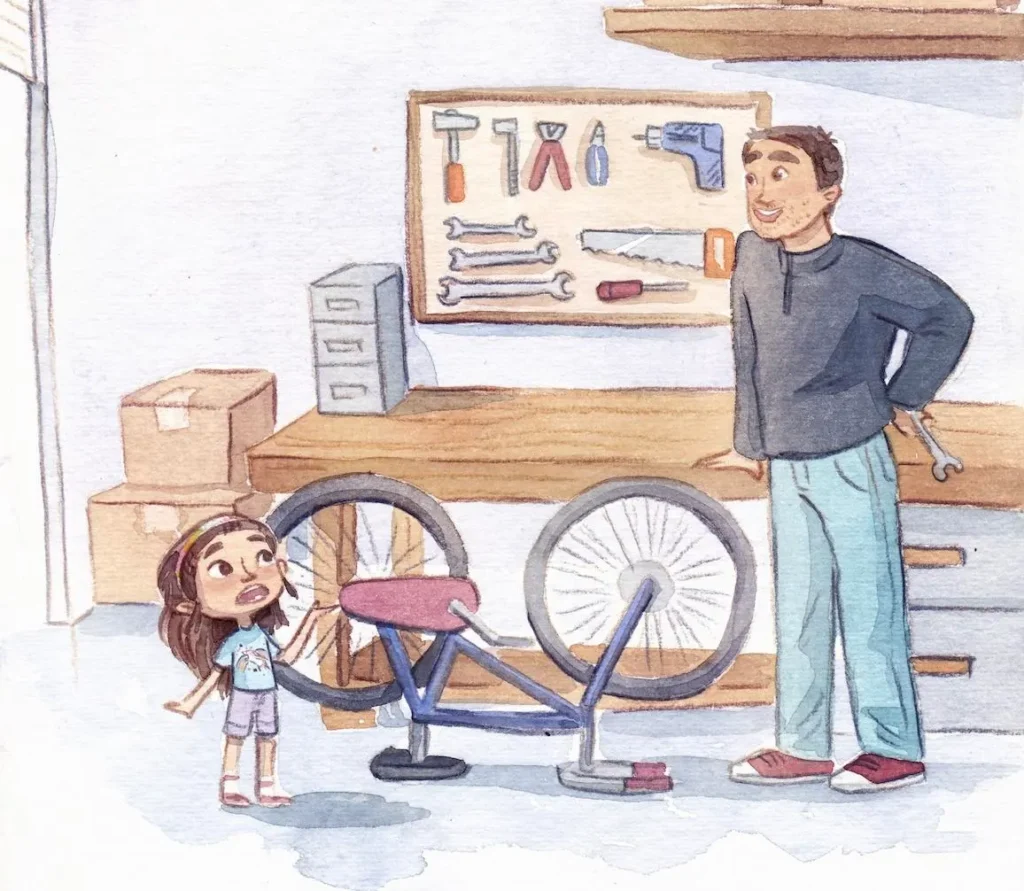January 12, 2018 / Esther Choy

Frances, an executive at a hunger relief organization, had just received a lifetime achievement award. With it, she also received an invitation to present the highlights of her career at an awards ceremony, for an audience of several hundred people. Distilling the highlights of a career that spanned three decades into one presentation proved challenging. Not only that, leading the nonprofit was a second career for Frances. Before that, she spent fifteen years as an award-winning photojournalist for a daily newspaper. How could she condense her story into the allotted time— which, by the way, happened to be only three minutes?
Every presentation has its quirks and limitations, as Frances knew well. As president and chief story facilitator of Leadership Story Lab, I have helped many people like Frances. Together, we’ve reflected on how to use storytelling in presentations to turn the challenges— like limited time, reams of complex data, or skeptical audiences—into opportunities to make authentic connections.
Whatever the challenges of your upcoming presentations, here are five of the best ways to use storytelling techniques and storytelling in presentations to connect with your audience.
-
Know your audience
If we’re honest, our first thought when we know we’ll have to speak publicly is usually “what will I say?” But there’s a better first question to ask. That question is: “Who is my audience?” Take out a piece of paper and divide it into two columns. In the first column, write down everything you know about your audience. Who are they? What keeps them up at night? In the second column, write down everything you don’t know. It’s just as important to define what you don’t know because it helps you steer clear of assumptions.
-
Narrow your focus
If your audience could remember three things from your presentation and nothing else, what would those three things be? Write them down, using 10 or fewer words each. This is important for every presentation, but especially when time is tight.
-
Plant a hook
When we attend a presentation, many of us are secretly wondering, is this one gonna be boring? Planting a hook is a way to ignite your audience’s curiosity (and thus assure them that they won’t be bored during your presentation).
There are many good ways to hook your audience’s attention, but here are three formulas for using storytelling in presentations, from my book Let the Story Do the Work:
Introduce:
-Conflict—a clash of needs or forces going in opposite directions. (It doesn’t have to be the story of how you survived a hurricane; it can be as simple as needing to fall asleep but not being able to.)
-Contrast—a juxtaposition of heavy and light, plentiful and meager, active and apathetic, or any other opposite qualities.
-Contradiction—anything that goes against the grain of your audience’s expectation.
-
Use three acts
If you only have a few minutes to speak, three acts might sound like a lot. Or, if you have to fill a whole hour or more, it might sound like not enough. But it’s possible to recognize a three-act structure in everything from a commercial to a favorite novel. Take this short ad from Nike, which Adweek added to a list of best ads of 2017 so far:
Act I: A runner stands at a starting line. We hear, “breaking the two-hour marathon barrier is impossible.” That declaration introduces conflict. It’s impossible, yet the runner is there. Will he break a record?
Act II: A clock starts counting down. We see runners from all over the world. We see scientific measurements of their breathing and heart rate. We hear all the obstacles to completing the challenge, ending with a blunt statement about why it is so challenging: “Nobody can run that fast for so long.”
Act III: The conflict gets resolved by facing it head-on. Even though “nobody” can break the two-hour barrier, “we’re doing it.” The remainder of the ad shows determined runners continuing to train to try the impossible. Then, we hear the takeaway message you might expect: “Just do it.” In this new context, this message has more impact than ever.
The whole story has taken exactly one minute.
In your presentation, use Act I to plant your hook, Act II to narrate the main portion of the character’s journey, with setbacks and challenges, and Act III to resolve the story by showing how the character overcomes the challenges.
-
Hone the ending
You have two main options for ending your presentation, and which one you choose depends on what you’re trying to achieve. What do you hope your listeners will do once they’ve heard your story?
An open ending invites the audience to share their own story or thoughts. It opens up dialogue. Or, it asks the audience to continue to follow the story and be part of it as it unfolds. That’s what the Nike ad does. Because we don’t know if the runners will succeed, we want to check back to see what happens. And for now, we take inspiration from the fact that they are on this quest in the first place! It’s quite a feat to leave the audience thinking, “I want to stay tuned to what this company is up to.”
A closed ending gives the audience a clear call to action. Sometimes we think our call to action is so obvious we don’t even have to say it. Big mistake! At the end, if you want them to take action, it’s time to be very specific about what you want the audience to take away with them.
If you aren’t used to using these elements of storytelling, you may find them intimidating. Or you might be tempted to leave the storytelling to the “natural born” creative types. But the truth is, you don’t have to be a superhero to tell good stories. And what’s vital about these techniques is that they shift the starting point away from ourselves and onto what the audience needs from us. And with this new focus, we can inspire audiences to remember our words and act on them.
Related Articles
Are You Prepared To Tell Persuasive Stories At A Moment’s Notice?
All About the Audience: Seeing From Your Audience’s Point of View
Don’t miss out on your next opportunity to use storytelling in presentations! Contact us for leadership storytelling training! Leadership Story Lab trains and coaches managers in storytelling techniques to help them become more engaging and persuasive communicators. Whether you would like to stand out in the interview process, add punch to a presentation, or make a compelling case for a new initiative, we can help. Schedule a working session with us today! Esther’s book, Let the Story Do the Work (published by HarperCollins Leadership), is now available!
This article by Esther Choy originally appeared on Neuromarketing.
Better Every Story
Leadership Transformation through Storytelling
"This is an amazing and insightful post! I hadn’t thought of that so you broadened my perspective. I always appreciate your insight!" - Dan B.
Get Esther Choy’s insights, best practices and examples of great storytelling to your inbox each month.


